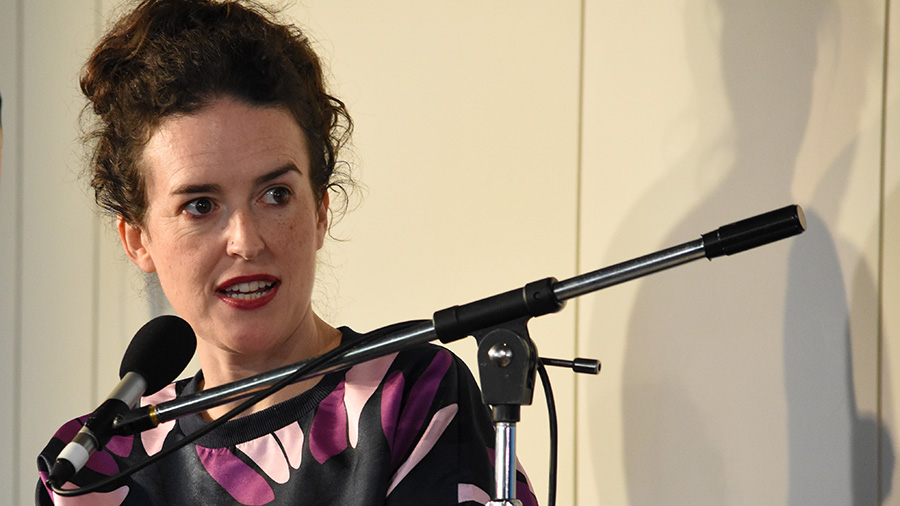Jess Hill talking power, control and domestic violence

A book that was supposed to take six to eight months to write, instead took three years. Three, somewhat harrowing, years.
Journalist Jess Hill‘s investigation into domestic violence in Australia, See What You Made Me Do, calls for a ‘radical rethink’ on how we see perpetrators and the justice system that often reinforces the abuse enacted against women and children.
‘Domestic abuse is one of, if not the most pressing issue of our time,’ says Hill.
In Australia, a country ranked 12th safest in the world, one woman is killed every week by her current or former partner and every two minutes there is a domestic call out.
Hill spent a year undertaking investigative journalism on the issue, working alongside ABC and other news outlets, but came to the conclusion that what was needed was to find a practical solution to make clear what domestic violence really is.
While domestic violence is a crime, psychological and verbal abuse can become normalised in a relationship, and is harder for women to substantiate when they do go to the police, unlike a black eye and other marks of physical violence.
Hill recounts one woman, fleeing her psychologically violent partner, say ‘I wish he would just hit me’, so that she had some evidence of the abuse.
Our current understanding of domestic abuse calls for a reassessment of how we define what a dangerous relationship is.
By using the broader term ‘domestic abuse’ and acknowledging the non-physical aspects of domestic violence, Hill stretches the common understandings to be most inclusive of all victims who are mistreated with physical aggression and/or mental manipulation.
Hill refers to a set of guidelines that define how a perpetrator enters into a relationship of domestic violence or abuse.
The guidelines show the stages of how abusers gain their partner’s trust, from gathering information as a blueprint for their partner’s mistreatment, to gaslighting, setting rules and demands, complete degradation and threats, and finally generating a loss of autonomy and utter state of fear.
‘We need abusive men to totally reform and change their heart, mind, and soul,’ says Hill.
As a solution, Hill has argues for an adaptation of a policing strategy, known as the ‘broken windows theory’, that was used to reduce crime in the United States.
This theory argues that if you focus policing on enforcing minor misdemeanours (and fixing broken windows etcetera), there is a consequent drop in more serious crimes. Respect breeds respect.
Hill says that by bringing together the key people in a perpetrator’s life – the offenders’ family, friends, and church – in collaboration with the justice system and qualified professionals, a web of influence is created around the violent partner.
‘Offenders are capable of rational decision making.’
This strategy was used and implemented in the United States. It exemplified that public accountability and changing the way you do policing and justice can work.
Hill gives two examples. High Point, North Carolina had a domestic murder rate double of the US national average, which they managed to halve. In Australia, a ‘justice reinvestment program in Bourke, NSW managed to reduce domestic violence by 39 percent.
‘We don’t have to wait for guys to become feminists to stop domestic violence,’ says Hill.
- Lifeline: 13 11 13
- Aboriginal Family Domestic Violence Hotline: 1800 019 123
- 1800RESPECT: 1800 737 732
- Relationships Australia: 1300 364 277
Stacey Schwenk is a Southern Cross University Digital Media and Communications student. Southern Cross University students have reported on Byron Writers Festival since 2010. Find out where a degree from Southern Cross University can take you.
